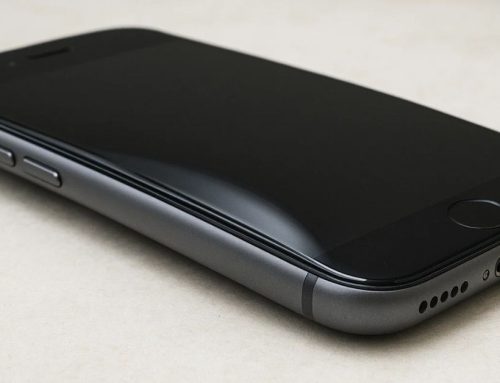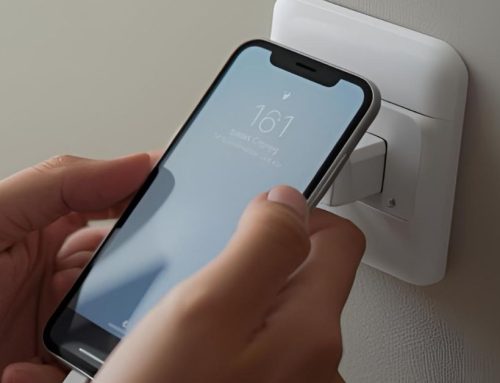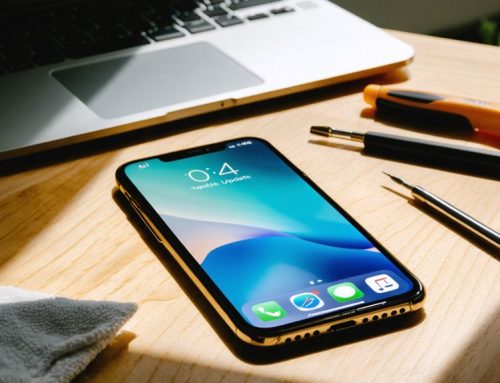Before buying any second-hand device, it’s crucial to assess used smartphone condition thoroughly to avoid costly surprises. Start by verifying the IMEI and serial numbers using trusted online tools to ensure the phone isn’t lost, stolen, or blacklisted. Inspect the physical condition like scratches, dents, or wear can reveal how the device was treated by the previous owner. Evaluate battery health (ideally above 90%), test charging and headphone ports, and confirm all buttons, touch screen sensitivity, cameras, Wi-Fi, and Bluetooth are working properly. By carefully assessing a used smartphone’s condition before purchase, you increase your chances of securing a reliable and long-lasting device.
Verify IMEI and Serial Number
To properly assess used smartphone condition, your first step should be verifying the IMEI and serial numbers. These identifiers are essential in confirming the phone’s authenticity and legality. You’re not just evaluating a gadget—you’re protecting yourself from fraud and future issues. Cross-check the IMEI and serial number against the original box, receipt, or within the device settings to ensure consistency.Ensuring the numbers match up means you’re securing a device that’s rightfully yours, fostering a sense of belonging in the digital world.
Use trusted online IMEI checker tools to see if the phone has been reported lost, stolen, or blacklisted. If the numbers don’t match or are missing, that’s a red flag suggesting the device may be counterfeit or stolen. Skipping this step can lead to ownership disputes or connection issues down the track.
This verification process plays a critical role as you assess the condition of a used smartphone. It not only ensures you’re getting a legitimate device but also gives you peace of mind that your purchase is secure, ethical, and compatible with your network provider.
Inspect Physical Condition
As you assess used smartphone condition, inspecting the device’s physical state is one of the most revealing steps. Scrutinising the exterior can offer valuable clues about how well the phone was maintained by its previous owner and whether it’s worth your investment. Check the screen and body for any scratches, dents, or signs of wear that could hint at how the phone was treated by its previous owner. Also, don’t forget to test the buttons and ports to make sure everything’s functioning as it should.
Screen and Body Wear
To effectively assess used smartphone condition, start with the screen and body. Check for cracks, dead pixels, scratches, or signs of screen burn-in, all of which may affect usability. Even minor blemishes can indicate the phone has been dropped or mishandled. Don’t ignore dings or dents on the frame, especially around the corners and camera housing, as these are common impact points.
A smartphone that shows minimal wear especially if it was protected with a case or screen protector may suggest careful ownership. These physical indicators are part of the bigger picture when you assess used smartphone condition whether it is in good condition or a potential liability.
Button and Port Check
Another essential step to assess used smartphone condition is examining the physical buttons and all connection ports. Press each button, power, volume, home (if applicable) to ensure they provide tactile feedback and function smoothly. Sticky or unresponsive buttons may point to internal damage or wear. Moving on to the physical buttons and ports, it’s important to check their condition and functionality to guarantee the phone operates smoothly. You’re part of a savvy group that knows a thorough inspection can save you from future headaches.
Press each button, ensuring they respond without sticking or delay. Peek inside the charging port for debris, signs of damage, or a loose fit, which could spell trouble down the line. Don’t forget to test all ports headphone jack, USB-C, or lightning port—to confirm they’re connecting as expected. Look out for any corrosion or water damage; these are red flags. Ensuring the ports are clean and intact will keep you connected and charging without a hitch, making you a smart shopper in a world of endless choices.
Test Ports and Battery
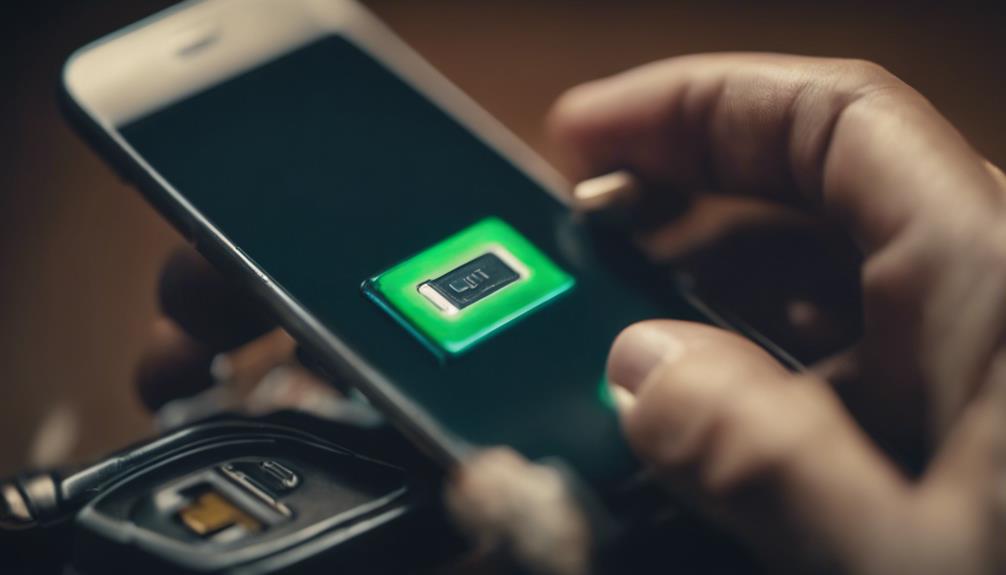
To thoroughly assess used smartphone condition, start with the essentials: the battery and device ports. Evaluating the battery’s charging capability and overall health gives you insight into whether the phone can keep up with your daily demands. Check the battery status in the settings, ideally, it should fall between 90–100% to confirm the battery is still in good condition. A reading below 80% may indicate it’s nearing the end of its lifespan and could soon require replacement.
If it’s below 80%, you’re looking at a battery that might soon need replacing. Always bring your charger and headphones to test the ports, making sure they’re in tip-top shape. As you assess the condition of a used smartphone, don’t overlook the importance of testing all ports. Bring your own charger and headphones to check for proper connections and ensure there’s no physical damage, debris, or corrosion. Fully functioning ports are vital for a smooth user experience—powering your device and supporting accessories without interruption.
Functionality Checks
Another key step to assess used smartphone condition is performing a complete functionality check. After guaranteeing the ports and battery meet your standards, it’s crucial to check the smartphone’s overall functionality for a seamless user experience. You’ll want to feel confident and connected, knowing every feature works just as you need. Start by testing all buttons, including the power, volume, and home buttons, to confirm they’re responsive. Don’t overlook the touch screen’s sensitivity; swipe, type, and navigate through apps to check its responsiveness.
Next, verify the speakers, microphone, and headphone jack by playing audio and making calls, ensuring clear sound and communication. Test connectivity features like Wi-Fi, Bluetooth, and GPS, confirming you’re always connected. Finally, assess the camera’s performance by taking photos and videos in various lighting, ensuring you can capture every moment perfectly.
Screen and Display Evaluation
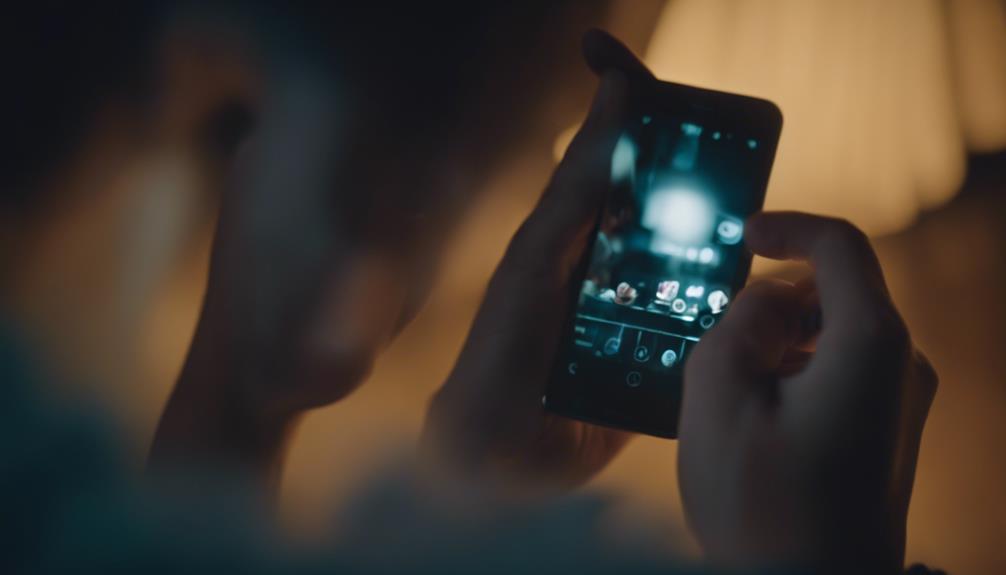
Evaluating the screen and display of a used smartphone is vital, as it directly impacts your viewing experience and interaction with the device. You’re not just buying a phone; you’re finding a companion that fits into your world. Start by checking for scratches, cracks, or dead pixels, especially at full brightness. These can be deal-breakers. Look out for screen burn-in or discoloration, signs of heavy use that might diminish your enjoyment. Test the touch responsiveness by swiping and tapping across different areas. It’s important for feeling connected and in control. Inspect the screen for dust, dirt, or water damage that may affect display quality.
Lastly, consider the display technology—LCD, OLED, AMOLED—each offers different levels of color and brightness, ensuring you get a screen that meets your expectations.
Research Device History
To thoroughly assess used smartphone condition, researching the device’s history is a crucial step before making your purchase. Check for previous ownership details, any repairs, or insurance claims that might reveal past problems. Knowing this background allows you to anticipate potential performance issues or future costs. If available, review the warranty status and repair records—it’s all part of making an informed decision.
Verifying whether the phone has been reported lost or stolen through online IMEI databases is another vital part of how you assess used smartphone condition. This protects you from unknowingly purchasing a device tied to legal issues.
Additionally, consider the phone’s age and how that might affect both performance and battery health. Familiarising yourself with any known issues or recalls associated with the specific make and model helps you assess used smartphone condition with greater confidence. With this insight, you join a growing community of smart, well-informed buyers who value reliability and transparency.
Purchase Source Consideration

When looking to assess used smartphone condition, your choice of purchase source plays a critical role in the process. Selecting a reliable seller helps ensure the device’s legitimacy, quality, and overall condition. You’re not just buying a phone you’re safeguarding your tech investment with confidence.
Opt for certified retailers or trusted online platforms that offer buyer protection. These sources make it easier to assess used smartphone condition confidently and reduce the risk of ending up with a faulty or stolen device. Check seller ratings and reviews they act as your compass in the crowded second-hand phone market.
Always request proof of purchase and, if possible, the original packaging. This transparency is key when trying to properly assess used smartphone condition before committing to the purchase. Prefer public meet-ups for in-person inspections and take the time to test everything on the spot. Don’t forget to ask about warranties and return policies. These safeguards give you an added layer of protection in case something goes wrong after the purchase.
Conclusion
By now, you’ve taken all the essential steps to thoroughly assess used smartphone condition from verifying the IMEI and serial number to inspecting the physical body, testing ports and battery life, checking full functionality, researching the device’s history, and reviewing the purchase source.
Each step is part of a smart buying strategy, helping you assess used smartphone condition with clarity and confidence. Armed with this knowledge, you’re well-equipped to make a savvy purchase. Trust your instincts, don’t rush the process, and you’ll land a device that feels practically new without overspending.
Frequently Asked Questions
1. What should I consider when buying a used phone?
When considering buying a used phone, it is important to check the condition of the phone thoroughly. Look for any scratches, dents, or other physical damages. Additionally, pay attention to the battery life and battery health of the device to ensure it meets your needs.
2. Are refurbished phones worth buying?
Refurbished phones can be a good option for those looking to save some money while still getting a reliable smartphone. However, it’s essential to buy from reputable sellers and ensure that the phone comes with a warranty.
3. How can I ensure security updates on a used smartphone?
When purchasing a used smartphone, it’s recommended to check whether the device still receives security updates from the manufacturer. Samsung Galaxy phones and iphones typically receive updates for a longer period, so they might be good options to consider.
4. What are the key factors to look into when buying a second-hand phone?
When buying a second-hand phone, it’s important to assess used smartphone condition carefully to ensure you’re making a smart purchase. Check that the device is in full working order and that all essential features such as the touchscreen, camera, battery, and connectivity options function correctly. Additionally, ask the seller about the phone’s usage history and consider arranging a pre-purchase inspection if possible to catch any hidden issues early.
5. Is it safe to buy and sell used phones online?
Buying and selling used phones online can be safe if you take the necessary precautions. To protect yourself, always assess used smartphone condition before finalising any transaction. Use reputable platforms that offer buyer protection policies, and don’t hesitate to ask the seller detailed questions about the phone’s condition, functionality, and history. Taking the time to properly assess the device helps ensure you get what you pay for and avoid potential issues down the track.
6. How can I determine the best android smartphone to purchase?
When looking for the best android smartphone, consider factors like your budget, desired features, brand reputation, performance, camera quality, battery life, and user reviews. Additionally, compare specifications and research the latest models to find the perfect fit for your needs.

